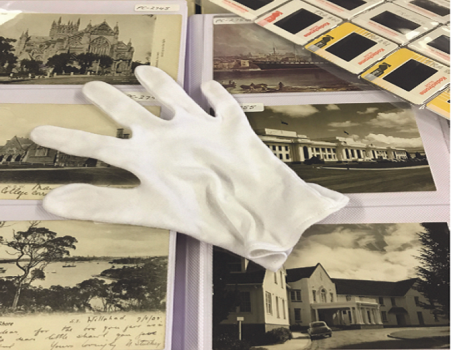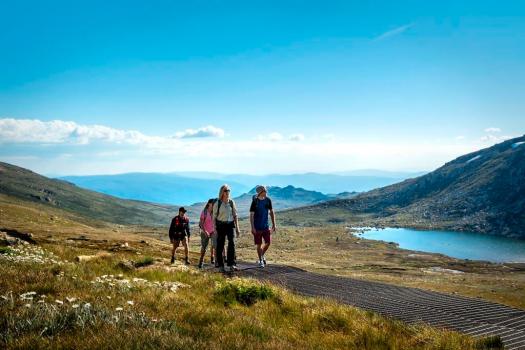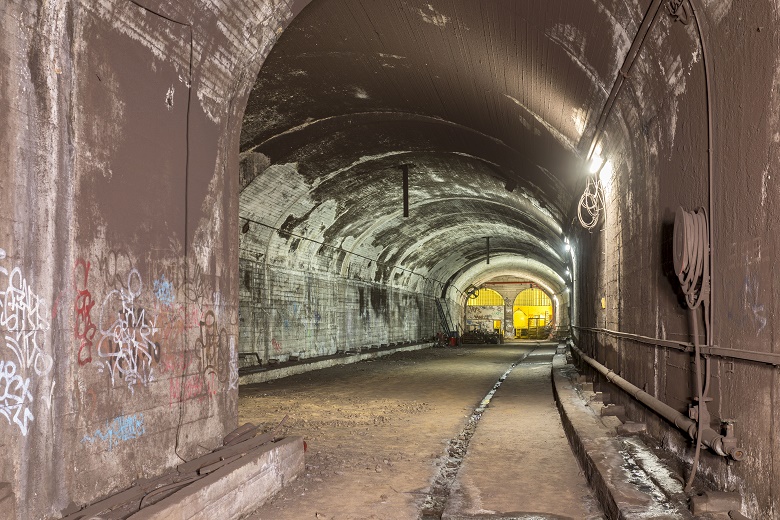
Tourism and community groups lobbying for greater re-use of heritage assets welcome the NSW Government’s opening up of disused sections of St James Station.
NSW’s infrastructure minister Andrew Constance says he hopes that opening up the disused tunnels and train platforms of St James Station could bring the next “world-renowned attraction” to Sydney.
On Monday the State Government announced it was seeking expressions of interest for proposals to “activate the hidden spaces” beneath the central CBD station.
“Spaces like St James tunnels are rare. Around the world, hidden spaces are being converted into unique experiences and we want St James Station to be part of that. That’s why we’re casting the net right across the world. We want the world’s best to come up with the best ideas,” he says.
Government News understands the announcement has already garnered considerable international interest, with initial suggestions ranging from a “cavern nightclub” to performance spaces, dining and retail venues.
The tourism sector is among those who have been lobbying for greater “adaptive re-use” of old public infrastructure and heritage assets.
Margy Osmond, who heads up the Tourism and Transport Forum, says iconic and historic buildings and sites are an important drawcard for both international and domestic tourism.
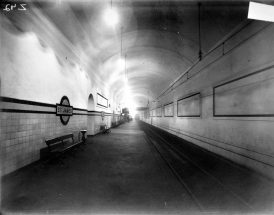
“We know from a pretty regular survey of international and local visitors that there is a fairly large component of people interested in visiting historical sites,” Ms Osmond tells Government News.
“It’s about giving visitors the widest possible cultural offering. There’s a significant appetite for people to be able to do fun, interesting and different things, often in unusual locations,” she said.
A study commissioned by the peak body last year found that over two million international tourists visited a historic or heritage building or site in 2015, representing a third of all visitors to Australia.
Similarly, domestic tourists made 4.9 million overnight trips and 4.1 million day trips to historic sites that year, the study found.
Aside from benefiting the visitor economy, the analysis argued the adaptive re-use of heritage assets can bring economic, environmental and social benefits. These can include conversation outcomes, environmental sustainability and community engagement.
Yet the study found that the true value of heritage buildings “has not been fully leveraged by governments to date.”
“Heritage buildings that are not accessible to the public are a missed opportunity in better celebrating their cultural significance and further enhancing the visitor economy of a destination,” it said.
Sydney’s own High Line
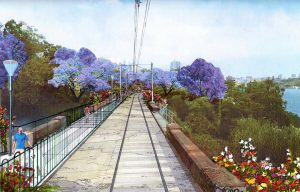
In Sydney’s Lower North Shore a group of residents has been campaigning for a largely disused railway to be turned into a walking trail and heritage tram line, modelled on New York’s famous High Line.
The 3.3 kilometre Sydney Harbour High Line from Waverton to Lavender Bay would link various gardens and parks, such as Ball’s Head Reserve and Waverton Park, and end at a two-hectare harbour-front site.
Ian Mutton, chair of the group, said both the state and local government had already variously given their support to the plan.
“We’re just waiting for that final go-ahead, for the premier to make the funding available,” Mr Mutton told Government News.
Realising the walkway without any rehabilitation on the railway would cost around $10 million, he said.
“It’s rare in a city like Sydney to have this piece of infrastructure and land that, for whatever reason, has been missed by the developers,” Mr Mutton said.
“It ceased being used with the opening of the Harbour Bridge and it’s just been sitting there and now, by luck more than design, we have this amazing opportunity.”
Comment below to have your say on this story.
If you have a news story or tip-off, get in touch at editorial@governmentnews.com.au.
Sign up to the Government News newsletter.
